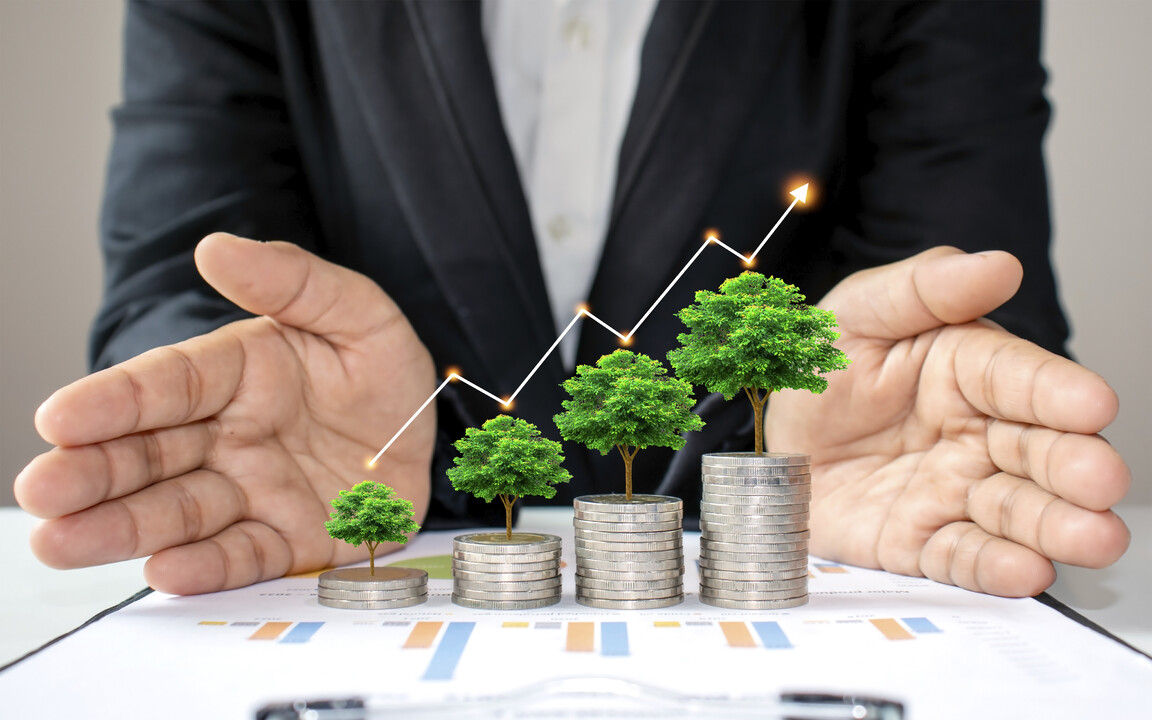
El Niño, failed crops and more extreme weather: The UN’s predictions- and recommendations- for 2024 (Euro News)
Warmer winters and more flooding will be the norm in the UK, scientists warn (The Guardian)
US braces for snow and heavy rain as major storm predicted for weekend (The Guardian)
Banking on Green: Wall Street’s Race to Power a $1 Trillion Carbon Market (Carbon Credits)
Australian Carbon Credit Prices Jump on Growing Corporate Demand (Bloomberg)
Central banks have the power and the tools to trigger a rapid transformation towards a more just, fossil-fuel-free future at a global scale (The Conversation)
World’s Biggest Banks Made $3 Billion on Green Debt in 2023 (Bloomberg)
For the second consecutive year, global banks have outperformed in generating revenue from green investments, such as underwriting bonds and providing loans for environmentally friendly projects, surpassing earnings from financing oil, gas, and coal activities. In the previous year, the world’s major lenders collectively earned approximately $3 billion in fees from facilitating debt for eco-friendly initiatives, compared to the fossil fuel sector’s aggregate earnings of less than $2.7 billion from related transactions. This subtle yet significant shift underscores the growing favor of large banks towards green investments, a crucial development as the lack of access to capital remains a key barrier to clean energy investments.
Leading this transition are European banks, with BNP Paribas taking the lead in Bloomberg’s green debt analysis. As the largest bank in the European Union, BNP Paribas secured nearly $130 million in revenue from its green finance business last year, followed by Credit Agricole AG with $96 million and HSBC Holdings with $94 million.

In contrast, Wall Street dominated fossil finance, with Wells Fargo and JPMorgan Chase leading in earnings from oil and gas deals. Wells Fargo earned $107 million in fees from arranging bonds and loans for the fossil fuel sector, closely followed by JPMorgan and Mitsubishi UFJ Financial Group Inc., both with $106 million. MUFJ was also the top arranger of global green loans last year.
Regulations play a pivotal role in promoting access to green investments. The European Central Bank and the EU’s top banking authority have urged the finance industry to accelerate its green transition, imposing fines and higher capital requirements for banks in Europe that mismanage climate exposures. In contrast, the regulatory outlook in the US differs, with many Republican-led states favoring the fossil fuel industry.
While the increased revenue from green investments is promising, it falls short of the capital allocation needed to meet the goals of the Paris climate agreement. Bloomberg’s analysis suggests that four times as much capital needs to be directed towards green projects compared to fossil fuels by 2030 to align with net-zero emissions targets. However, as of the end of 2022, this ratio stood at just 0.7 to 1, indicating that bank financing is far from reaching the required transition levels.
Environmentalists sound the alarm, emphasizing that banks must expedite their transition to avoid catastrophic climate change. The shifting trends observed in the past year may reflect broader macroeconomic patterns rather than proactive efforts by banks to reduce financing for carbon-intensive energy.
In 2023, banks globally extended $583 billion in green bonds and loans, surpassing the $527 billion allocated to fossil fuel debt. Despite these positive numbers, the financial industry needs to significantly increase its commitment to green projects to align with global climate goals.
Several major banks, including Morgan Stanley, HSBC Holdings, Goldman Sachs, and JPMorgan Chase, have announced ambitious sustainable finance targets for 2030, ranging from $750 billion to $2.5 trillion. However, the lack of a consistent methodology and regulatory guidance raises concerns about greenwashing, as different banks define sustainability in diverse ways.
While banks are releasing information about their commitment to a sustainable future, the absence of a standardized methodology and the lack of clear laws or regulations to guide the industry pose a significant challenge to the credibility of the entire market, giving rise to concerns about greenwashing. Consequently, determining what qualifies as “sustainable” in bank reports becomes a complex task. The current landscape makes it nearly impossible to make direct comparisons ‘like for like’ across different banks. This situation is unlikely to evolve until a universal market methodology or framework is established. Until then, the financial sector faces difficulties in ensuring transparency and consistency in sustainable finance reporting, hindering accurate assessments and comparisons among institutions.
Nevertheless, the positive trend of increasing investments in green initiatives signals a potential shift in the financial sector’s approach, aligning with environmental goals and mitigating the impact of climate change.

Beatriz Canamary is a consultant in Sustainable and Resilient Business, Doctor and Professor in Business, Civil Engineer, specialized in Mergers and Acquisitions from the Harvard Business School, and mom of triplets. Today she is dedicated to the effective application of the UN Sustainable Development Goals in Multinationals.
She is an ESG enthusiast and makes it possible to carry out sustainable projects, such as energy transition and net-zero carbon emissions. She has +15 years of expertise in large infrastructure projects.
Member of the World Economic Forum, Academy of International Business and Academy of Economics and Finance.